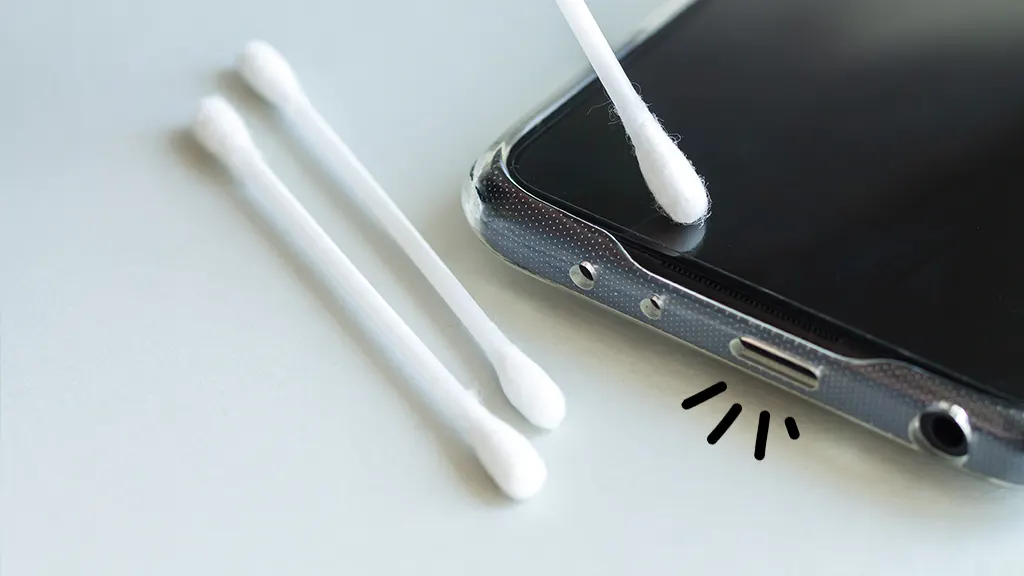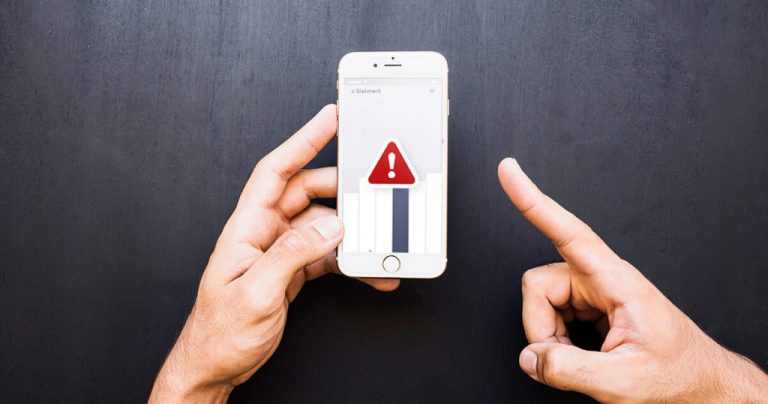
Technology evolves fast, but that doesn’t mean fixing a smartphone should always require a professional. Many issues can be handled at home with the right tools and approach. For beginners, tackling smartphone repairs can seem intimidating, but it doesn’t have to be.
Identifying what can be easily fixed without professional help can save both time and money.
Below, we’ll focus on some common smartphone problems that anyone with basic knowledge can repair. No advanced skills are needed, just patience and a steady hand.
And, when something goes beyond what a beginner should handle, it’s best to contact professionals.
Key Points:
- Simple fixes for common smartphone issues.
- Tools and parts you may need at home.
- When to seek professional help.
1. Fixing a Cracked Screen Protector
A cracked screen protector doesn’t require a professional to replace. It’s one of the simplest repairs for a beginner.
Start by peeling off the old, damaged protector carefully, starting from one corner. Clean the screen using a microfiber cloth to remove any dust or smudges. Now, align the new protector with the phone’s screen. Slowly apply it, making sure no air bubbles remain trapped underneath. Patience is key during the process.
This is an affordable fix that can prevent future scratches and protect the actual screen from further damage.
2. Battery Issues
Many phones have sealed batteries, but not all. If the battery is removable, anyone can change it. Start by powering off the phone. Find the back cover release mechanism. Once open, remove the battery and replace it with a new one of the same model. Make sure the replacement is compatible with your device.
If the phone has a non-removable battery, this is a case where professional help is advisable. Mishandling a sealed battery can lead to more serious problems.
3. Cleaning the Charging Port

Charging port issues often stem from dirt and dust buildup. Before assuming the phone is damaged, check for debris in the port. With the device turned off, use a toothpick or a small brush to remove any dirt carefully. Do not apply pressure or use metal tools, as this could damage the port.
If the issue persists even after cleaning, it may be time to consider a SmartphoneServis Mobilnih Telefona.
4. Replacing a Phone Case or Back Cover
Replacing a worn-out phone case or back cover doesn’t require any technical expertise. A new phone case can improve grip and protection, while a new back cover refreshes the look of a device.
When buying a new back cover, ensure compatibility with your phone model. Remove the old cover and snap the new one in place, ensuring all edges are securely fitted.
5. Dealing with Unresponsive Buttons

Physical buttons, like the volume or power button, can become unresponsive due to dirt or mechanical failure. Often, the issue is temporary and solvable by cleaning.
Turn off the phone and use compressed air to blow out any debris around the buttons. If cleaning doesn’t work, the problem might be internal, requiring professional service.
6. Improving Battery Life
Software, not hardware, often causes poor battery performance. Anyone can improve battery life by adjusting settings. Lowering brightness, turning off background apps, and disabling Bluetooth when not in use are simple tricks that can prolong battery life.
Checking for software updates can also help. Sometimes, battery issues are linked to outdated software.
7. Replacing a SIM Card
When facing network issues or a damaged SIM card, replacing it might solve the problem. Eject the SIM card tray using a pin or SIM card tool. Insert the new card, making sure it’s placed correctly in the tray.
Restart the phone after inserting the new SIM to ensure it connects to the network.
8. Resolving App Crashes
App crashes are a common problem and can often be resolved without much trouble. Try force-stopping the app. Go to the settings, find the problematic app, and tap “force stop.”
If that doesn’t work, uninstall and reinstall the app. Clearing the cache might also help.
9. Fixing Speaker Problems
If the sound from your phone’s speaker becomes distorted or muffled, debris might be blocking it. Clean the speaker carefully using a soft brush or compressed air. Ensure the phone is powered off before cleaning to avoid damage.
If cleaning doesn’t fix the issue, it might be a hardware problem, requiring professional intervention.
10. Dealing with Software Glitches

Minor software glitches can be resolved by restarting the phone. If the issue persists, performing a factory reset might be necessary. Remember to back up data before resetting the phone to avoid losing important information.
Factory resets should only be done as a last resort when other troubleshooting methods have failed.
When to Seek Professional Help
There are situations where trying to fix something yourself might cause more harm than good. Repairs involving the internal motherboard or a sealed battery are better left to professionals. If the phone has suffered water damage, a DIY approach is not recommended.
Any sign of overheating, especially when charging, should be addressed by a certified service. Attempting to fix internal components without proper expertise could permanently damage the phone.
For more complex problems, contacting a trusted servise is the right step to take. They have the tools and expertise to address those issues without risking further damage to the phone.
Tools You Might Need for Basic Repairs
- A microfiber cloth (for cleaning screens)
- SIM ejector tool or paper clip (for replacing SIM cards)
- Small screwdriver set (for removing back covers)
- Toothpick or soft brush (for cleaning ports and buttons)
- Replacement screen protectors
- Compressed air (for cleaning dust)
These simple tools can assist in many minor fixes and help beginners feel more confident about handling their devices.
Frequently Asked Questions
1. Can I fix a cracked screen myself?
No, fixing a cracked screen requires professional help. It’s best to leave it to a certified service to avoid damaging internal components.
2. Why won’t my phone charge?
First, check the charging port for any dirt or debris. Cleaning the port carefully can often solve the problem. If that doesn’t help, try using a different cable or charger.
3. How do I know if my phone’s battery is dying?
If the phone shuts off unexpectedly or loses charge quickly, it might indicate a failing battery. In such cases, replacing the battery can help.
4. Is water damage something I can fix at home?
No. Water damage needs professional attention. Trying to fix it yourself can cause further damage.
5. What should I do if the phone overheats?
Overheating can be a serious issue. Turn the phone off and avoid charging it until it cools down. If overheating continues, consult a mobile service immediately.
Last Words
Basic smartphone repairs don’t need to be complicated. With the right approach, common issues can be fixed without professional help. For more serious problems, it’s always better to contact professionals to prevent further damage.
Always keep in mind that patience is essential when repairing a phone, and the right tools make all the difference. Following these simple steps can help anyone handle smartphone repairs with confidence.














